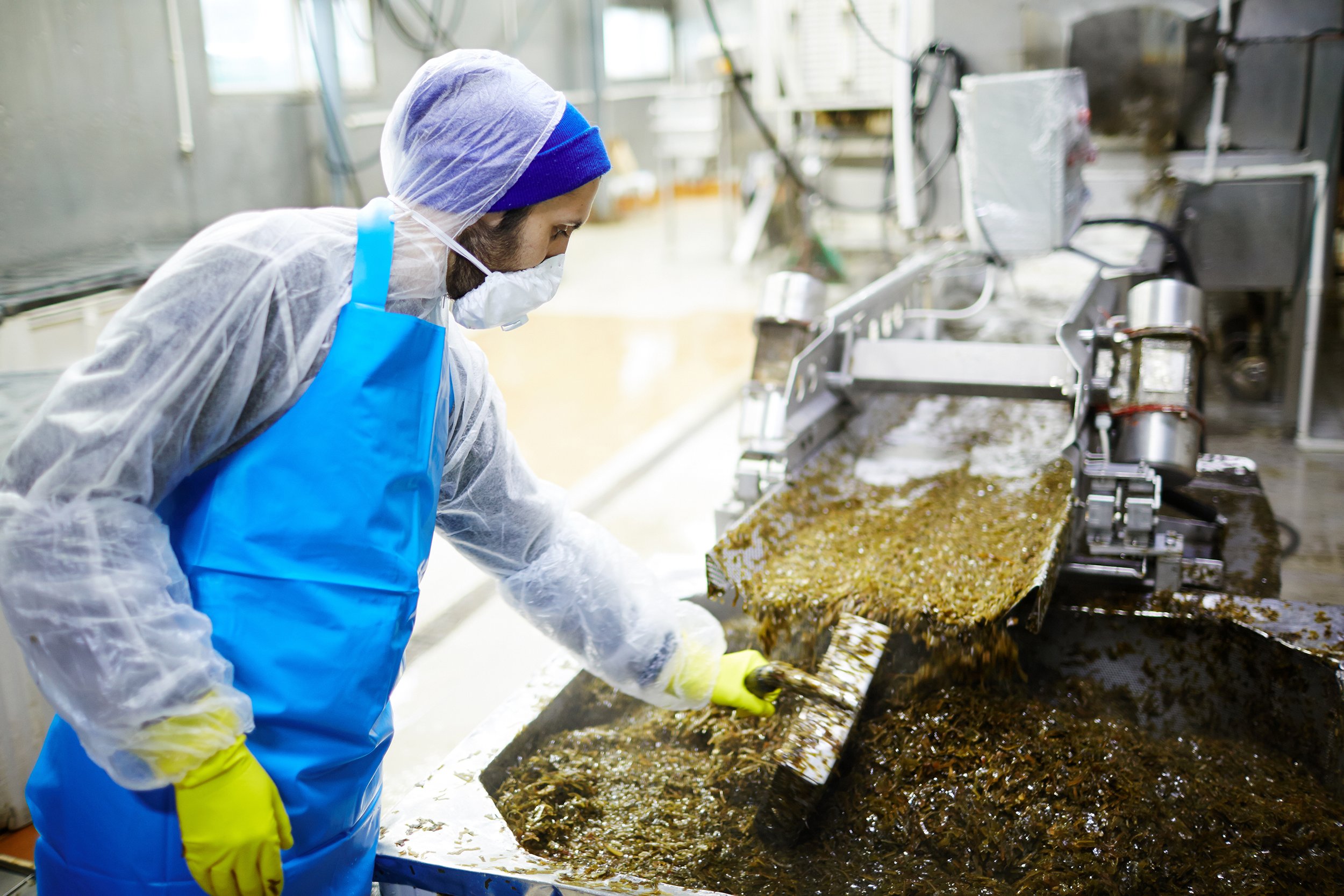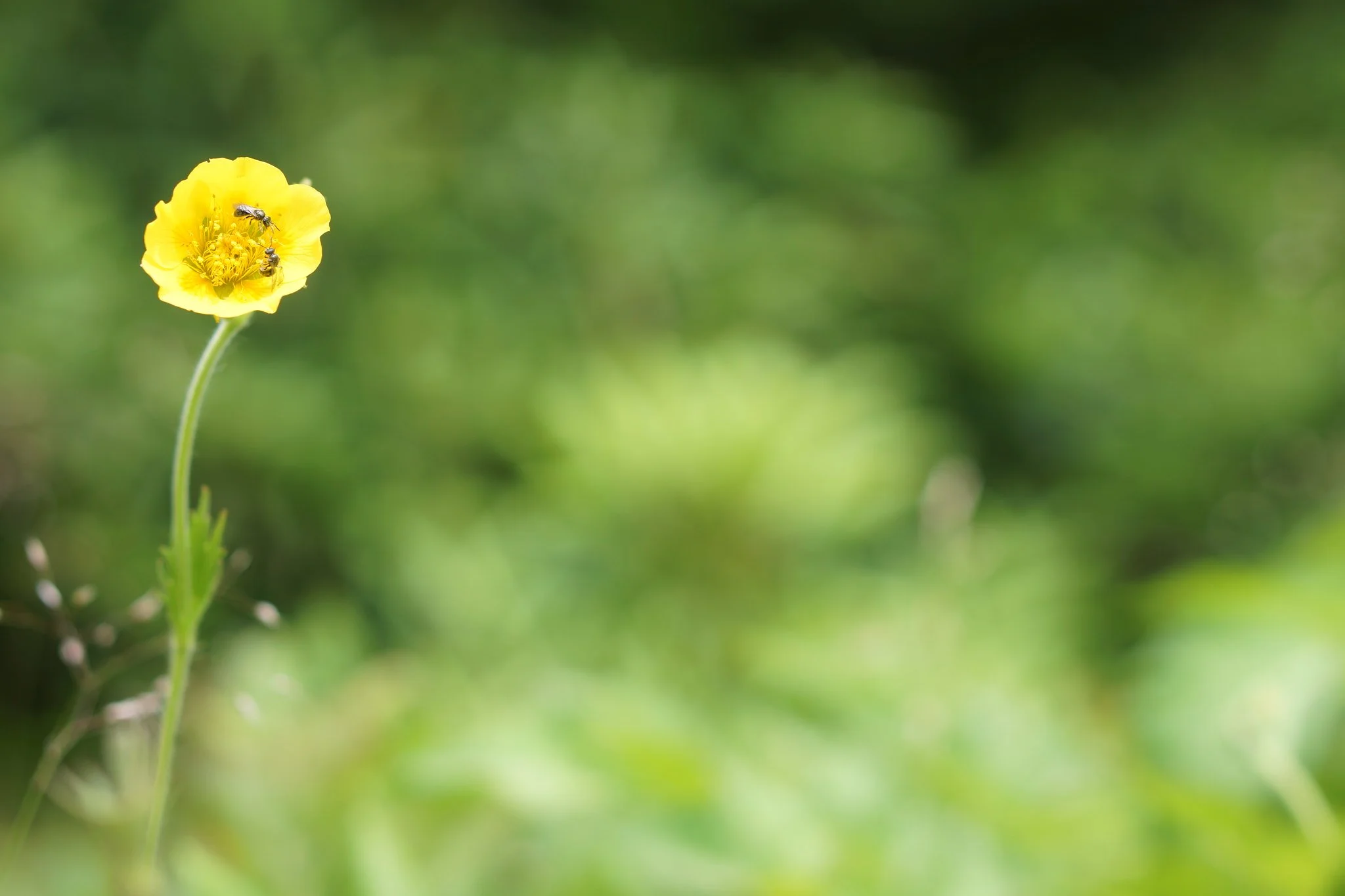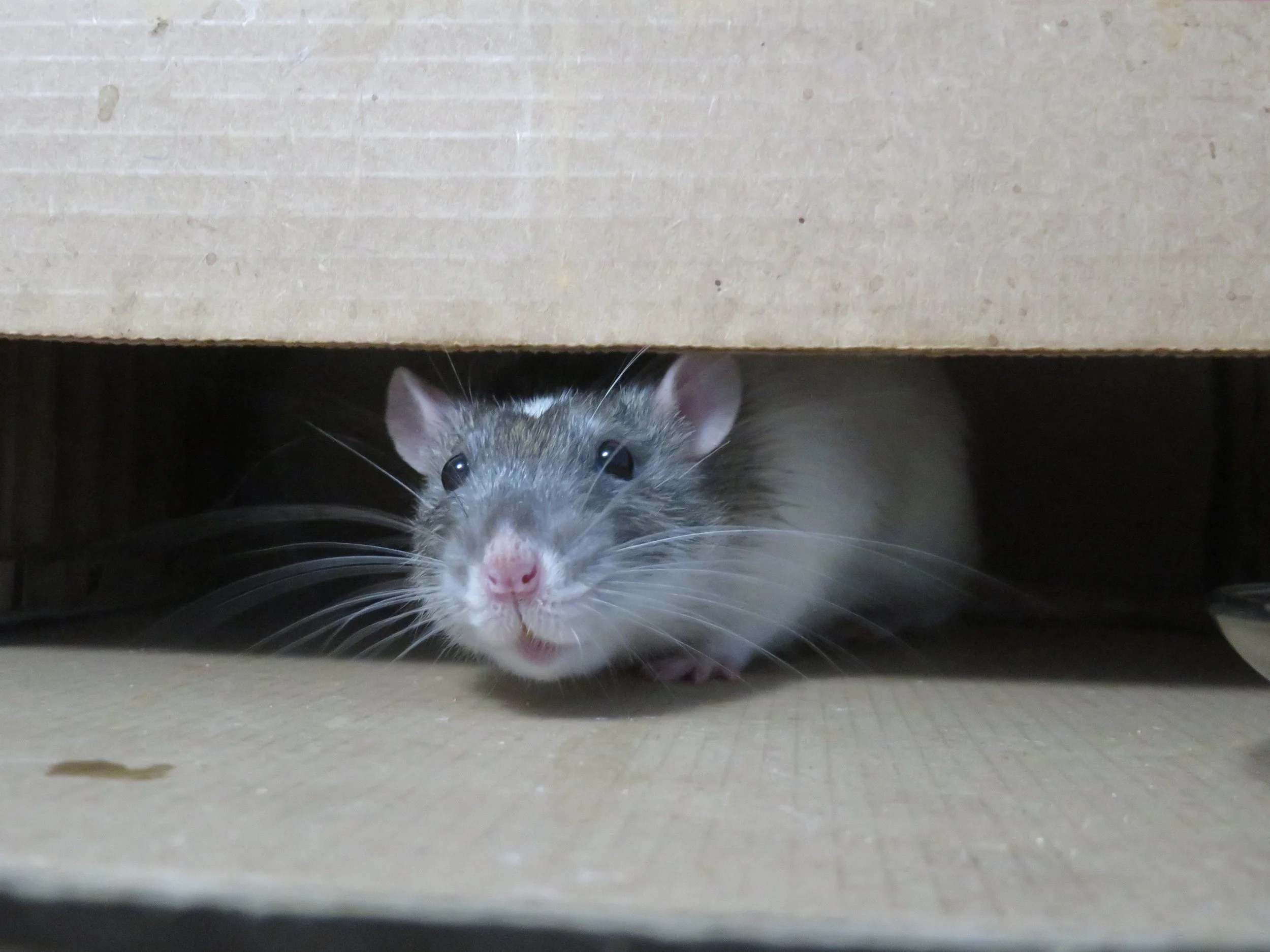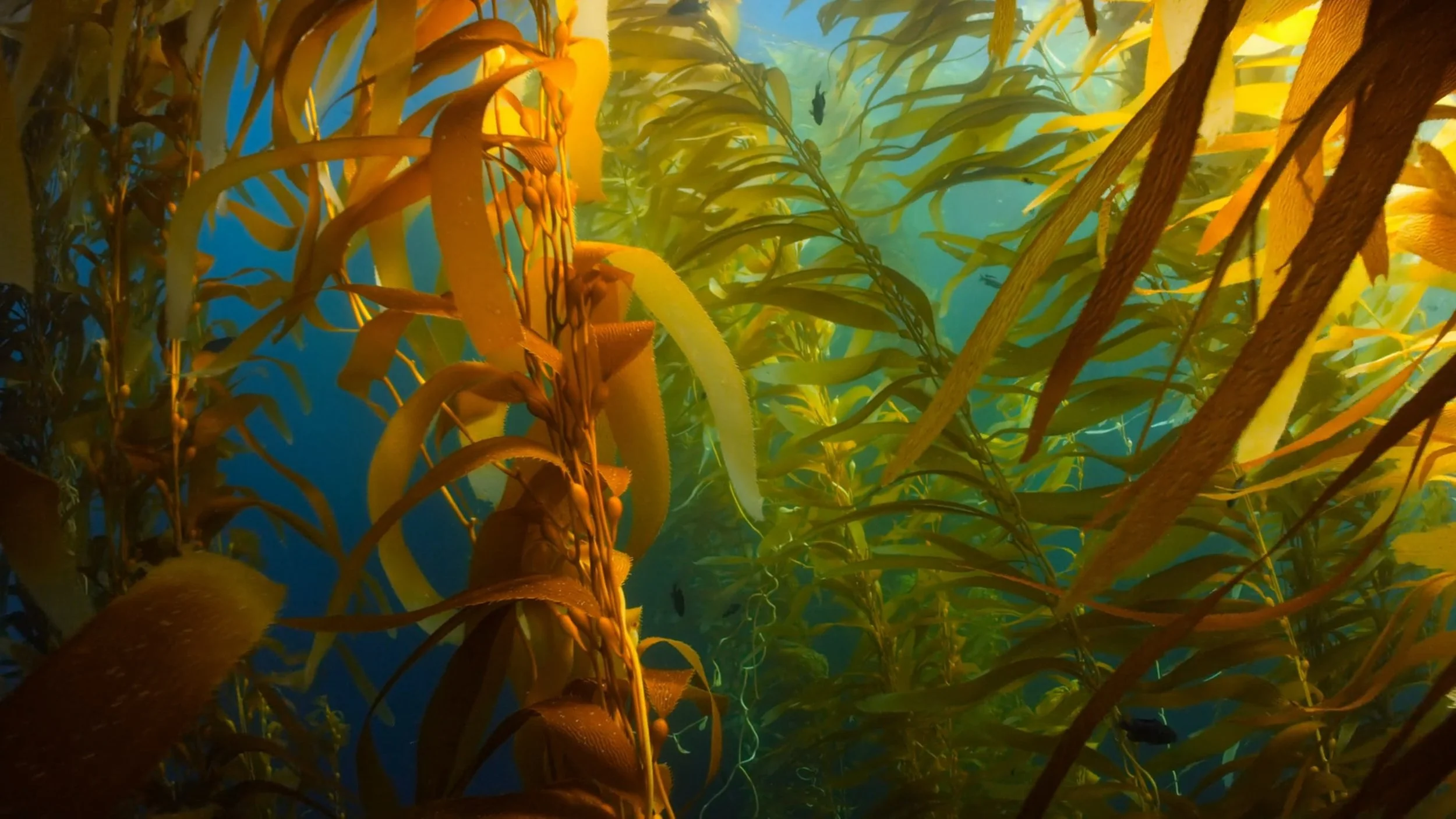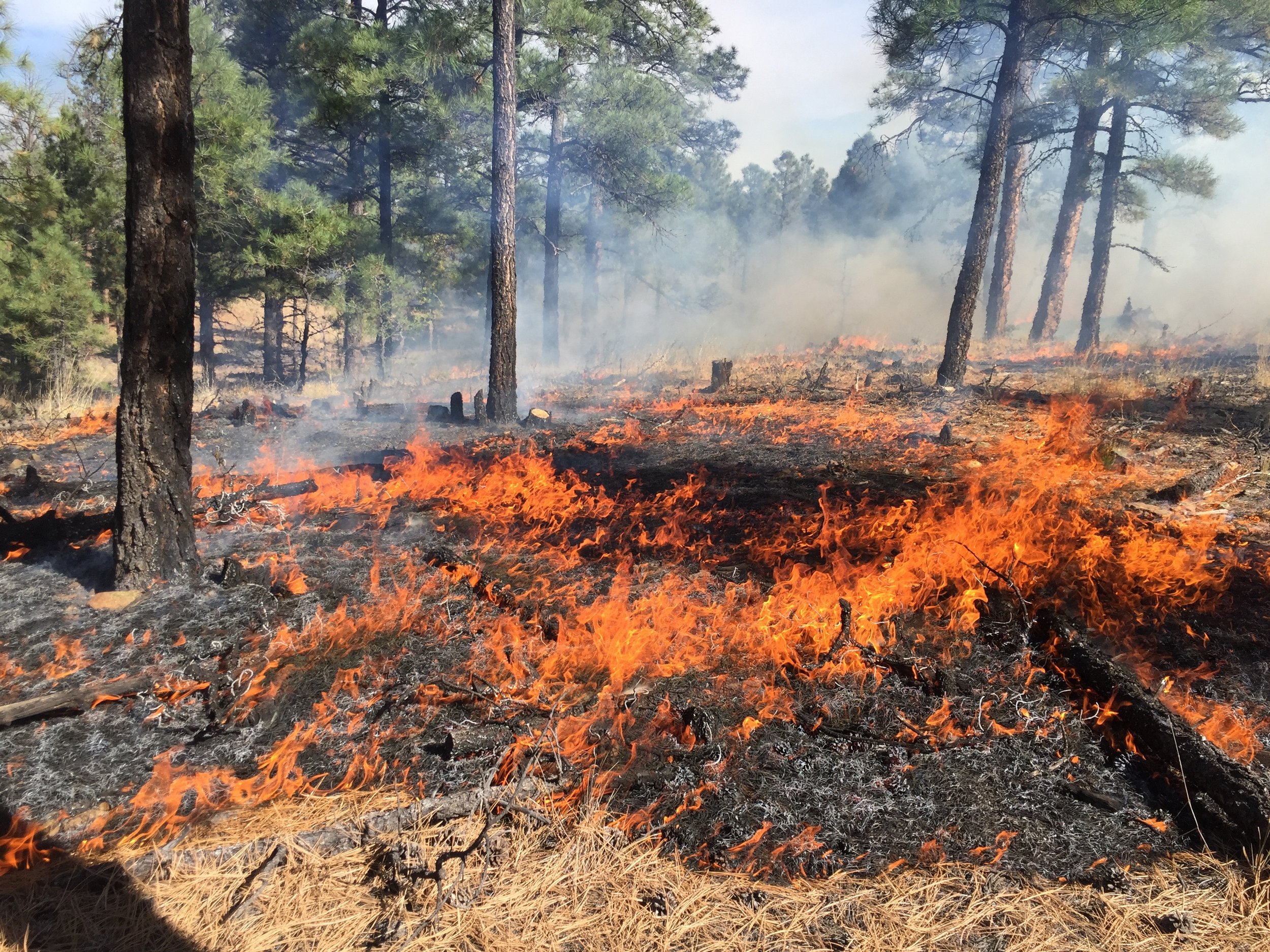The Seaweed Solution
A climate change treatment for coastal Maine?
by Julia Grimmett
December 15, 2022
Off Maine’s circuitous coastline, crayon-like red, yellow, blue, and white buoys bob under a blanket of silver clouds. Skeletal lobster boats weave expertly between buoys, their antennae stretching skyward like pointing fingers. Instead of the red, pincered creatures that Maine is famous for, these buoys mark the presence of a significantly slimier catch. Each indicates an underwater curtain of emerald, burgundy, or army green seaweed.
“Between 2004 and 2013, the Gulf warmed faster than 99% of the world’s oceans.”
In recent years, the seaweed farming industry has exploded in coastal Maine, in part because of the spiraling, negative impacts of climate change. The Gulf of Maine, the large body of water that connects all of coastal New England and branches up into Canada, is warming faster than almost all of the Earth’s other bodies of water. The species on which Maine’s economy relies, like lobsters, cod, and mussels, are already struggling to survive in their rapidly changing habitats, as indicated by progressively skimpier hauls of seafood each year.
Promising research indicates that seaweed farming could help reverse the negative effects of climate change in coastal Maine. Scientists at the Bigelow Laboratory for Ocean Sciences, a small research institute located in Bigelow, Maine, have found that seaweed protects against warming and acidification. The team at Bigelow is currently working on several projects to better understand the healing potential of seaweed farming. Seaweed farms may play an important role in protecting Maine’s coastal ecosystems and sizable marine-based economy in the coming years.
Warming waters
Many of Maine’s seamen and women have found themselves out of work as warming and acidification in the Gulf of Maine increasingly reduce their yearly catches. Between 2004 and 2013, the Gulf warmed faster than 99% of the world’s oceans, according to a 2015 Science study. Since then, the warming has continued to gain speed, with milder winters, less snowfall, and hotter summers becoming routine for Mainers, according to data recorded at Portland International Jetport since 1950.
“The Maine clam haul in 2017 was the smallest it had been since 1930, and numbers have continued to decline. ”
For the people who tolerate the icy tundra that encapsulates most of the state during the long New England winters, the warmer temperatures might feel welcome. But for Maine’s delicate coastal ecosystems, the climate change is less benign. Climate models of Casco Bay, a body of water that carves into the shore midway along the Gulf of Maine coastline, predict its temperatures could increase by 3-10 degrees Fahrenheit by 2100. This scenario would lead to 60 or more 90-plus-degree days each year in Maine, which is more than the current yearly average in San Diego, California. With that kind of temperature jump, the marine ecosystems of Casco Bay could quickly become unrecognizable.
“We have to think about warming waters and what that's going to do,” University of Maine marine biologist Charlotte Quigley said of the environmental and economic impacts of warming in the Gulf. Quigley, a Massachusetts native with a passion for aquaculture, is participating in several seaweed-related research projects at Bigelow.
The Maine commercial fishing industry typically employs thousands of people and forms a significant portion of the state’s economy, bringing in over $600 million in seafood each year. But warming and acidifying waters are threatening Maine’s seafood staples. Cod, haddock, pollock, and other popular groundfish are migrating north toward colder waters. The state’s shrimp fishery remained closed for the fifth year in 2021 because warming seawater depleted Maine’s shrimp population. Shellfish such as lobsters, clams, and mussels have either started migrating north alongside the fish or have developed thinner, more fragile shells due to decalcification, a process in which acidified seawater slowly dissolves shells. The Maine clam haul in 2017 was the smallest it had been since 1930, and numbers have continued to decline. One study published in May 2021 projected that ocean pH will dip below the survivable threshold for any of these species by 2050. This means coastal waters could become so acidic that the once-prolific Maine seafood industry will be a thing of the past. The state known for its lobsters may no longer have any lobsters at all.
Seaweed science
In 2021, Bigelow secured an almost $900,000 grant to work with local seaweed farms to investigate kelp’s ability to combat the effects of climate change in the Gulf of Maine. Since then, their funding, which has come from awards, grants, philanthropic funds, and federal agencies, has grown to over $10 million. Most similar research has focused on the ability of seagrasses, salt marshes, and mangroves to suck up and hold onto carbon dioxide. Seaweed research is a relatively new field of climate change science, and Bigelow scientists think it holds a lot of promise.
“[The research] is a way for us to interact with folks that are in the working waterfront doing the aquaculture work for our state and come up with science-based solutions for their questions,” said Quigley.
Seaweed farms help mitigate the effects of climate change by absorbing nitrogen and carbon dioxide, the compound largely at fault for climate warming and ocean acidification. Through this process, the farms make the surrounding waters more tolerable for other species that are subject to climate change, such as clams and mussels. Scientists call this phenomenon the “halo effect.” Clams and mussels farmed inside the halo seem to grow thicker, healthier shells than shellfish grown outside of it.
The Halo Effect: Seaweed lowers acidity levels in costal waters by absorbing nitrogen and carbon dioxide. The resulting improved water quality benefits the growth and production of shellfish. Image credit: Island Institute and Bigelow Laboratory for Ocean Sciences; contact Susie Arnold.
The team at Bigelow is currently working to better understand the size, shape, variability, and effectiveness of the halo, as well as the general carbon dioxide- and nitrogen-trapping capabilities of seaweed farms. According to the Bigelow team, preliminary observations show that in the Gulf of Maine, the halo effect can spread as far as 20-30 meters outward from growing seaweed or stay tight around the farm, depending on oceanic conditions. However, it will take time and more research to ascertain a more precise estimate.
The halo effect project is just beginning its second year. In the next month, the scientists will plant the study’s second round of seaweed. The seaweed will grow from microscopic spores to 20-foot, brownish-green ribbons in less than a year.
“It has a very large cage structure with tons and tons of different monitoring systems on it,” said Quigley about the monitoring equipment, which will be set up in late winter to measure the halo until harvest season in early summer.
Bigelow researchers are also working on several other seaweed-related projects. One is looking into whether seaweed farming can increase the ability of coastal sediments — the rocks, sand, and other minerals at the bottom of the ocean and around the coastline — to hold onto carbon dioxide. Another is studying how including seaweed in livestock feed could mitigate some of the environmental impact of the agriculture industry.
“We go at it from a wide variety of vantage points,” said Quigley. “We are juggling about 10 to a dozen different projects. It’s a balancing act, but it’s important because they are all aimed towards supporting industries and fighting climate change.”
The team’s halo effect research will help clarify just how useful seaweed farms could be in reversing the effects of climate change. Their work may also help establish the scientific blueprints for a field that could promote a cascade of ecological health benefits in coastal Maine and other regions, all while providing a sustainable product with significant economic potential.
Paychecks for farmers
Seaweed farming is a growing trend worldwide. Globally, the seaweed industry is estimated to surpass $30 billion by 2025. In the United States, most of the seaweed industry is based in Maine. The state is an ideal place to grow seaweed and other kelps because of its abundant coastline, clean water, and cool temperatures, according to research conducted at the University of Maine’s School of Marine Sciences. Maine’s seaweed farms are primarily small-scale and community oriented. The focus is on employing Mainers and providing a healthy food resource, according to representatives of two large seaweed producers in Maine.
A production line worker in a seaweed processing plant. The global seaweed industry is expected to reach more than $30 billion by 2025. Image credit: Unsplash.
“Our social mission is really the reason we do what we do. It’s about a paycheck for our farmers first,” said Jesse Baines, vice president of marketing and strategy at Atlantic Sea Farms, Maine’s leading seaweed producer. The woman-run company takes pride in being “obsessively sustainable,” according to its Facebook page.
Baines, whose father is a seaweed farmer, sported the characteristic faded flannel of a native Mainer and an effusive smile in a recent interview. “We’re both family, friends, and neighbors, you know, and as such a close community, we want to work together to create a positive impact on the health of our oceans, the health of our consumers, and the health of our coastal economy,” he said.
Seth Barker, who is a marine biologist, seaweed farmer, and co-owner of Maine Fresh Sea Farms, echoed Baines’s sentiments about the community aspect of Maine’s marine industry. “I like to call Maine the harsh paradise. It’s a very special place to live,” he said. “I think people have a tendency to work together with other people that live in Maine because we all know it’s a bit of a struggle here to make a living.”
Barker got into the seaweed farming business almost by accident. His business partner Peter Fischer was working on a mussel raft back in 2012. Fischer was experimenting with growing a few lines of sugar kelp off of his raft and needed help with the harvesting process, which was slimy, tedious, and new to him. Barker lent a hand, and the two have been in business together ever since. “At that point, I was convinced that seaweed farming was something that I wanted to do,” said Barker, who has a calm demeanor and bright blue eyes.
Barker and Fischer grow their seaweed in Clark Cove, which is just a 30-minute drive up the Damariscotta River from Bigelow. The scientists at Bigelow are teaming up with Maine Fresh Sea Farms and Atlantic Sea Farms to support their work with science.
Kelp cubes and nor’easters
Atlantic Sea Farms aims to help Maine’s marine economy rebound by bringing Maine’s seamen and women into the seaweed industry. The company provides interested farmers with seeds free of charge and teaches them how to set up and operate their own seaweed farms. Atlantic Sea Farms sells a range of seaweed products, including kelp cubes, which, as their name suggests, are portioned-out cubes of kelp that are advertised for use in “smoothies, baking, and savory dishes.” The company’s sugar kelp, which is their most popular seaweed, has a bright, briny taste.
Currently, Atlantic Sea Farms is working with two dozen Maine farmers. In 2021, the company produced and sold over 800,000 pounds of seaweed, almost doubling their production from the previous year. According to Baines, they plan to harvest 1.2-1.5 million pounds this upcoming season.
“It’s hard, hard work,” said Baines. “It’s cold, and you’re out on a boat with your hands in the water from November to May. You’re tying knots and checking lines. And sometimes a nor’easter can blow through and your lines are all tangled. That’s always a real bummer.” But Maine’s sea farmers have generations of experience with the tides, currents, and storms of coastal Maine and all the challenges they present.
With its tenacious seamen and women, talented scientists, and tasty seaweed, the Gulf of Maine might have a chance at surviving — or at least slowing down — the impacts of climate change.
“It's a really important thing to be able to keep the working waterfront in the U.S. active,” said Quigley, the Bigelow scientist. “We don't want those areas to die off because they're a part of our culture. They're a part of our history.”
Julia Grimmett
Julia Grimmett is a science writer and editor from Sacramento, California. She is currently working on her thesis and will be graduating from the Johns Hopkins University Science Writing Program this December. She studied biology at Colby College in Waterville, Maine, and has felt a connection to the state ever since. She has a passion for writing about environmentalism and nature. She’s an avid hiker, a dog enthusiast, and a musician.

